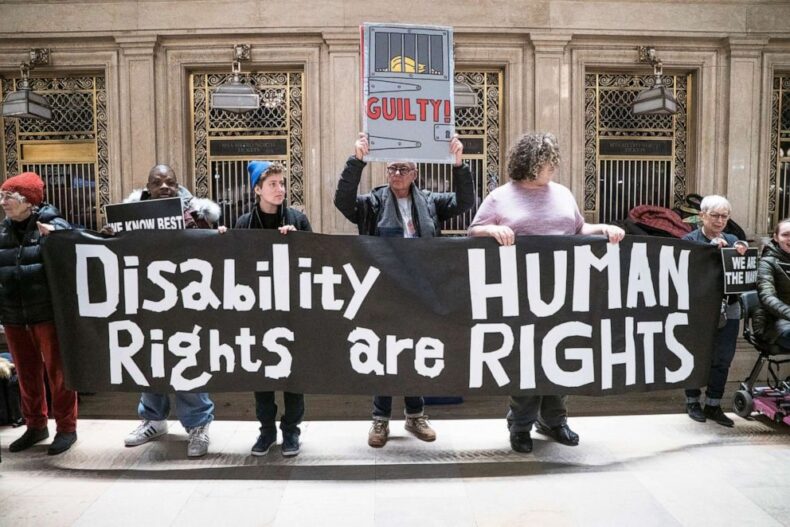The data issued by the Bureau of Justice Statistics shows that disabled people are more likely to be victims of violent crime in America. They also have higher rates than other groups, even though there is no clear understanding of this phenomenon amongst activists or researchers alike.
The information shows that from 2017-2019 disabled people accounted for 26% of nonfatal violent crimes, even though they makeup only 12% of the population and are victims at almost four times rate as non-disabled individuals.
For disabled women, the road to empowerment and justice is a long one – but it’s an encouraging message that not all hope has been lost. With continuing reports of abuse against these vulnerable individuals who have so much going for them in society today- from being members of our community to offering invaluable aid at home or work with disabilities.
The BJS reports that the incidence of severe crime upon disabled women — 49.4 per 1,000 people– is higher than it is for men and non-disabled females in America today. For example, this number can vary greatly depending on where you live but overall, there has been an increase from 2009 to 2019, with rates ranging anywhere between 28 – 46+ victims affected every year!
In a country where women are yet deemed the weaker sex, it’s no surprise that disabled females experience more violence or abuse than their non-disabled counterparts. In fact, in an alarming 2015 report from the U.S Department of Human Health Services, researchers found out how this ties into ableism and misogyny.
When a society believes differently-abled people can’t be victims, then abusive behaviour towards them carries less weight which leaves these unfortunate souls unprotected against perpetuation at any level.
What did the report say?
In a shocking revelation, the BJS researchers and law enforcement agencies have found that crime rates against disabled people are likely to be higher than what is reported.
The U.S. Census Bureau’s annual self-reported survey response collection followed by interviews is not a comprehensive source for gathering data on people with disabilities because 54% of all respondents have been institutionalized at some point in their lives and can’t speak or write well enough to fill out questionnaires independently.
This lack may prevent disabled individuals from giving accurate answers about essential aspects such as education levels attained without help from others. Those aware they could not communicate well due – an option offered only if you know how your disability impacts certain areas!
What other information was seen?
The 1994 study by Behavioural Interventions found 82% of all cases of abuse and neglect adults with developmental disabilities in institutions or group homes.
People who were unlikely to report this type of crime, like those living on their own, for example, had a higher likelihood of being targeted for victimization than someone else if they lived in an institution or setting where there was constant supervision 24/7. The majority (54%) reported having been assaulted over time–that is emotionally hurt, such as verbal assault (39%).
Law enforcement agencies are not accurately recording crime statistics, activists say. This is because of underreporting and financial or physical independence barriers to justice for the disabled in need of assistance from law enforcement officers.
Disabled people live in a world apart. They may be financially or physically dependent on an intimate partner, unable to report due to the inability to communicate. They mightn’t have access to a phone, so they can talk for help if needed.
For instance, disabled individuals could become encumbered by reliance on someone who provides caregiving services. These dependents often lack independence, making them unable to find work without assistance from others independently.













